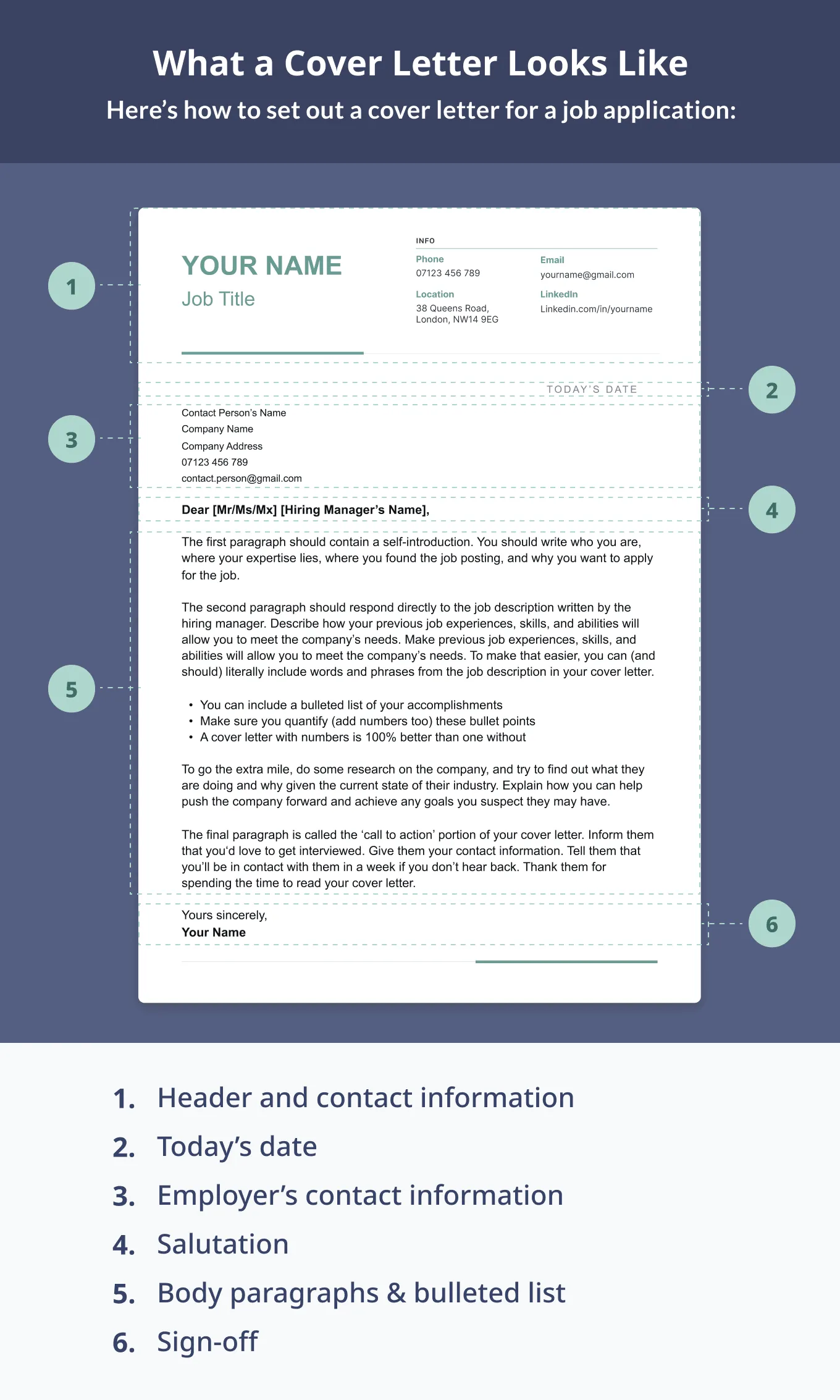What is a Cover Letter
A cover letter is a crucial document that accompanies your resume when applying for a job. It serves as an introduction to the hiring manager, providing context and highlighting the most relevant aspects of your qualifications and experience. Unlike a resume, which presents a factual summary of your skills and work history, a cover letter allows you to explain why you are the perfect fit for the specific role and company. It demonstrates your communication skills, your interest in the position, and your understanding of the company’s needs. Crafting a compelling cover letter is an essential step in making a positive first impression and increasing your chances of securing an interview. It is your opportunity to connect with the employer on a more personal level and to stand out from the competition.
The Importance of a Cover Letter
The importance of a cover letter cannot be overstated in the job application process. A well-written cover letter can significantly improve your chances of getting noticed by employers. It complements your resume by providing a narrative that explains your career journey and aligns your skills with the job requirements. In addition to summarizing your qualifications, it allows you to demonstrate your enthusiasm for the role and the company. Moreover, it reveals your writing and communication abilities, essential skills in most professional environments. Many employers see cover letters as a critical element in assessing a candidate’s fit and genuine interest. Failing to submit one or submitting a poorly written cover letter can be a major setback, as it may lead employers to assume a lack of attention to detail or a lack of genuine interest in the opportunity.
Cover Letter Structure
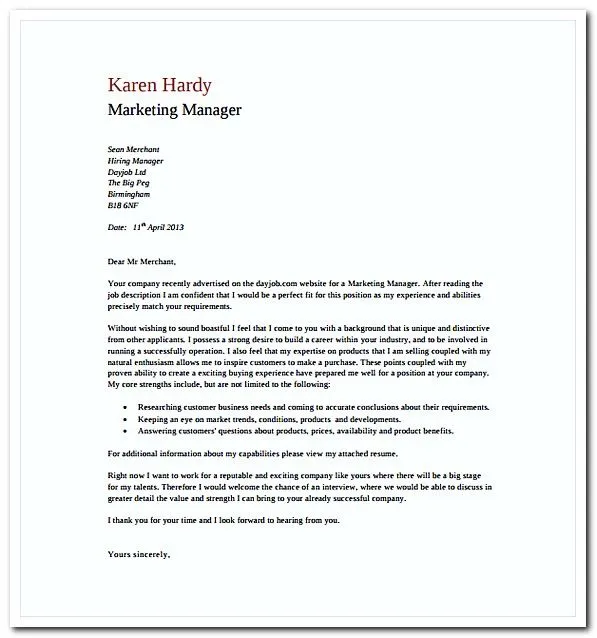
Structuring your cover letter effectively is key to presenting your information in a clear and engaging manner. A standard cover letter typically comprises several key sections: a header with your contact information, a formal greeting, an introductory paragraph, body paragraphs that highlight your skills and experiences, a concluding paragraph, and a professional closing. Each section has a specific purpose, and their collective presentation should be tailored to the job and the employer. The structure helps guide the reader through your qualifications and makes it easy for them to grasp your key strengths and understand your suitability for the role. Proper formatting, consistent tone, and strong writing are critical components, working together to create a compelling and persuasive letter.
Header & Contact Information
The header of your cover letter should include your full name, address, phone number, and email address. This information should be clearly and neatly formatted at the top of the page. The header should be easily accessible for the hiring manager. If you are applying online, make sure this information is readily available and consistent with the details on your resume. Using a professional email address is crucial. Consider using a simple and straightforward format like firstname.lastname@email.com. Ensure the header is clean and uncluttered, allowing the reader to quickly find your contact details. This part is the first piece of information the reader sees, so it should be clean, professional and accurate.
Date and Recipient Details
Following your contact information, include the date of the letter. Then, address the hiring manager or the relevant person by name. If you’re unsure of the name, research the company or use a general greeting such as “Dear Hiring Manager” or “Dear [Department Name] Team.” Avoid generic greetings like “To Whom It May Concern,” which often come across as impersonal. It’s important to get the name right or do your best to find it. Addressing the person by name demonstrates your attention to detail and interest in the position. Use professional titles (e.g., “Mr.”, “Ms.”, “Dr.”) if you know them, and make sure the recipient’s name and title are correct. Accurate recipient information shows you’ve done your research and are taking the application seriously.
Greeting
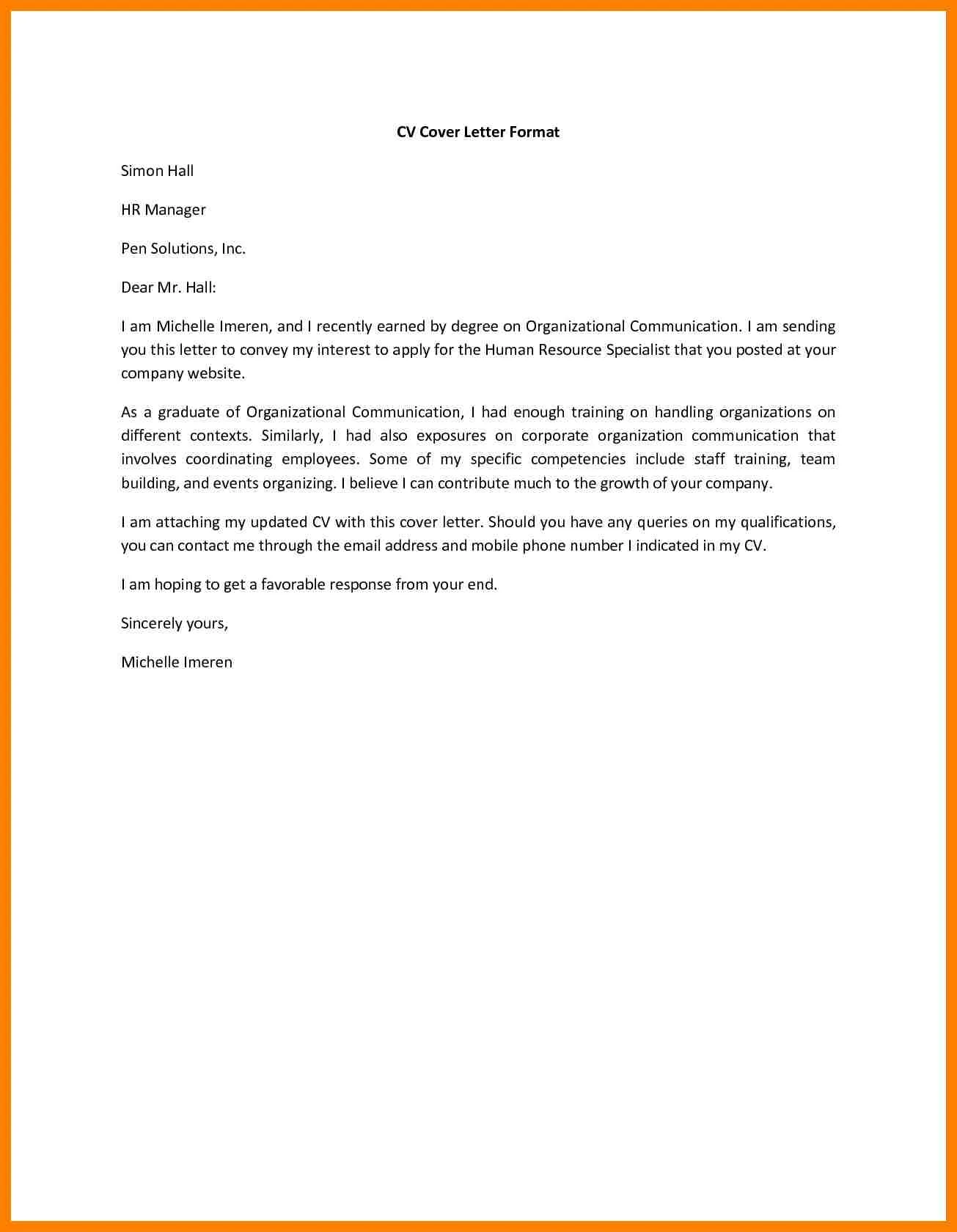
A well-crafted greeting sets the tone for the rest of your cover letter. The greeting should be formal and professional. The best greeting is directed to a specific person. If you know the hiring manager’s name, begin with “Dear Mr./Ms./Mx. [Last Name]” for a personal touch. However, if you are unsure of the recipient’s name, use a more general greeting like “Dear Hiring Manager.” Always maintain a respectful tone. After the greeting, start with the introduction, aiming to capture the reader’s attention and immediately state the purpose of your letter and where you saw the job posting. The greeting should be concise, respectful, and directly related to the person or the department you’re addressing.
Body Paragraph 1 Highlight Your Skills
In the first body paragraph, introduce yourself and clearly state the position you’re applying for. Mention where you found the job posting (e.g., LinkedIn, company website, etc.). Briefly summarize your most relevant skills and experience that align with the job requirements. Focus on a specific accomplishment or skill that makes you stand out. Show the employer how your expertise and qualifications meet their needs. It’s crucial to tailor this paragraph to the specific job and company, highlighting the skills and experiences the employer has listed in their job description. This is your opportunity to make a strong first impression and demonstrate your understanding of the role.
Body Paragraph 2 Showcase Your Experience
This is the ideal space to go into more detail about your experience, providing specific examples that showcase your accomplishments. Use the STAR method (Situation, Task, Action, Result) to describe your past experiences. Start by setting the context, then detail the tasks you performed, the actions you took, and the results you achieved. Quantify your accomplishments whenever possible; for example, “Increased sales by 15%” or “Managed a team of 10 employees.” Be specific about your role and responsibilities, linking them to the requirements outlined in the job description. By doing this, you demonstrate how you have succeeded in your past and what you can bring to the new role.
Body Paragraph 3 Explain Your Interest
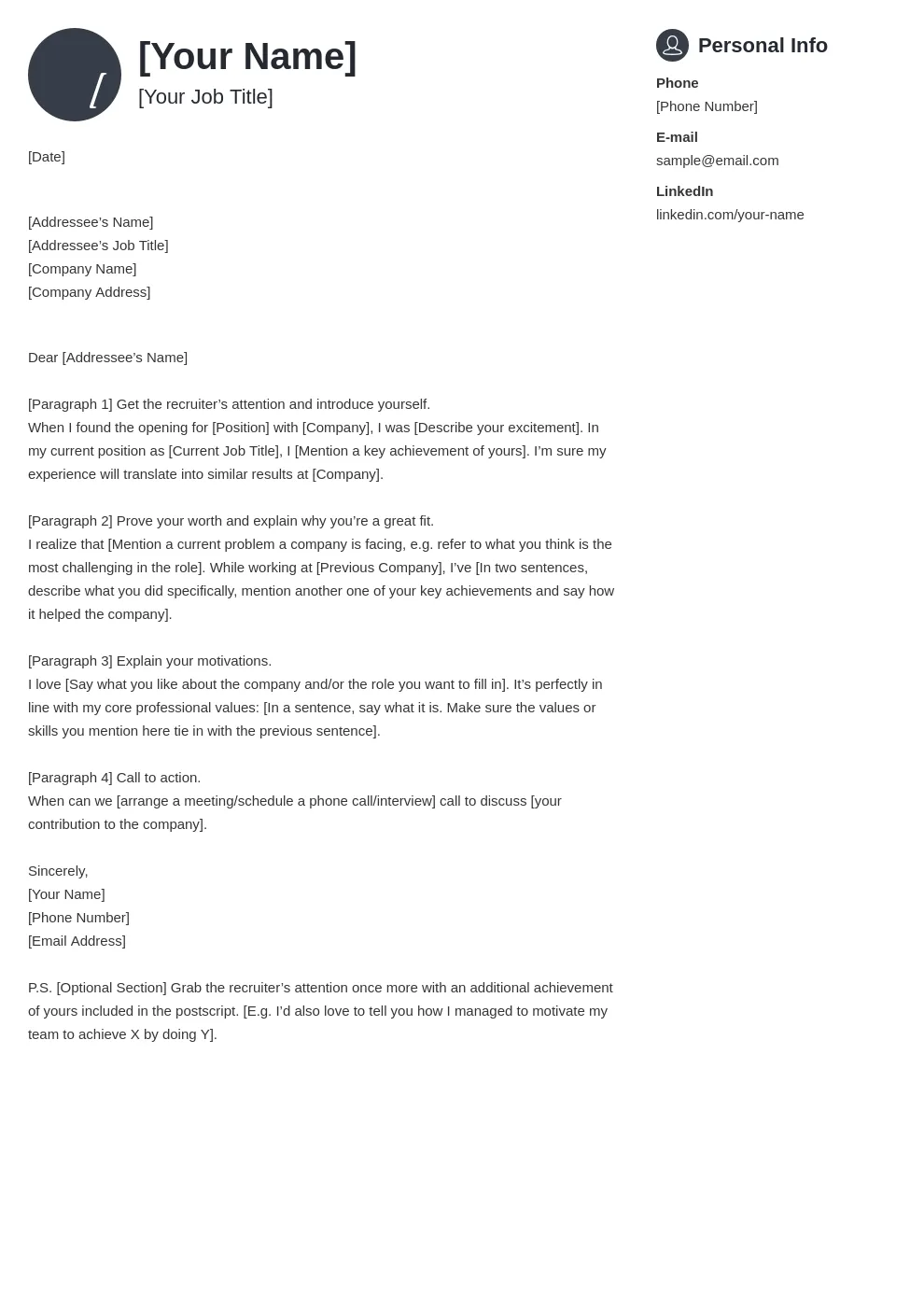
In the third body paragraph, express your genuine interest in the company and the specific role. Explain why you are excited about the opportunity and what draws you to the company. Show that you have researched the company and understand its mission, values, and recent developments. Briefly discuss how your career goals align with the company’s goals. Highlight any unique skills or experiences that make you a perfect fit for the company culture. This is where you make a personal connection with the employer, showing them that you’re not just applying for any job, but specifically for this one. Demonstrate why this role is a good fit for you and why you want to be a part of the team.
Call to Action
Your cover letter should end with a clear call to action. Express your enthusiasm to discuss your application further and reiterate your interest in the position. State your availability for an interview and provide contact information to make it easy for the hiring manager to reach you. Thank the reader for their time and consideration. It is critical to leave a positive and lasting impression. The goal is to make the next steps easy for the hiring manager and to demonstrate your professional and courteous approach to the job application process. A strong call to action can significantly increase your chances of getting an interview.
Closing
The closing of your cover letter should be professional and polite. Use a formal closing such as “Sincerely,” “Best regards,” or “Thank you.” Ensure that your closing is followed by your typed name and your signature if you are submitting a hard copy. Your closing remarks should convey respect and professionalism. If you are sending the letter electronically, your typed name is sufficient. Make sure the tone of your closing matches the rest of your letter and demonstrates your enthusiasm for the opportunity. It should be the final, positive impression the reader has before reviewing your resume.
Formatting & Design Tips
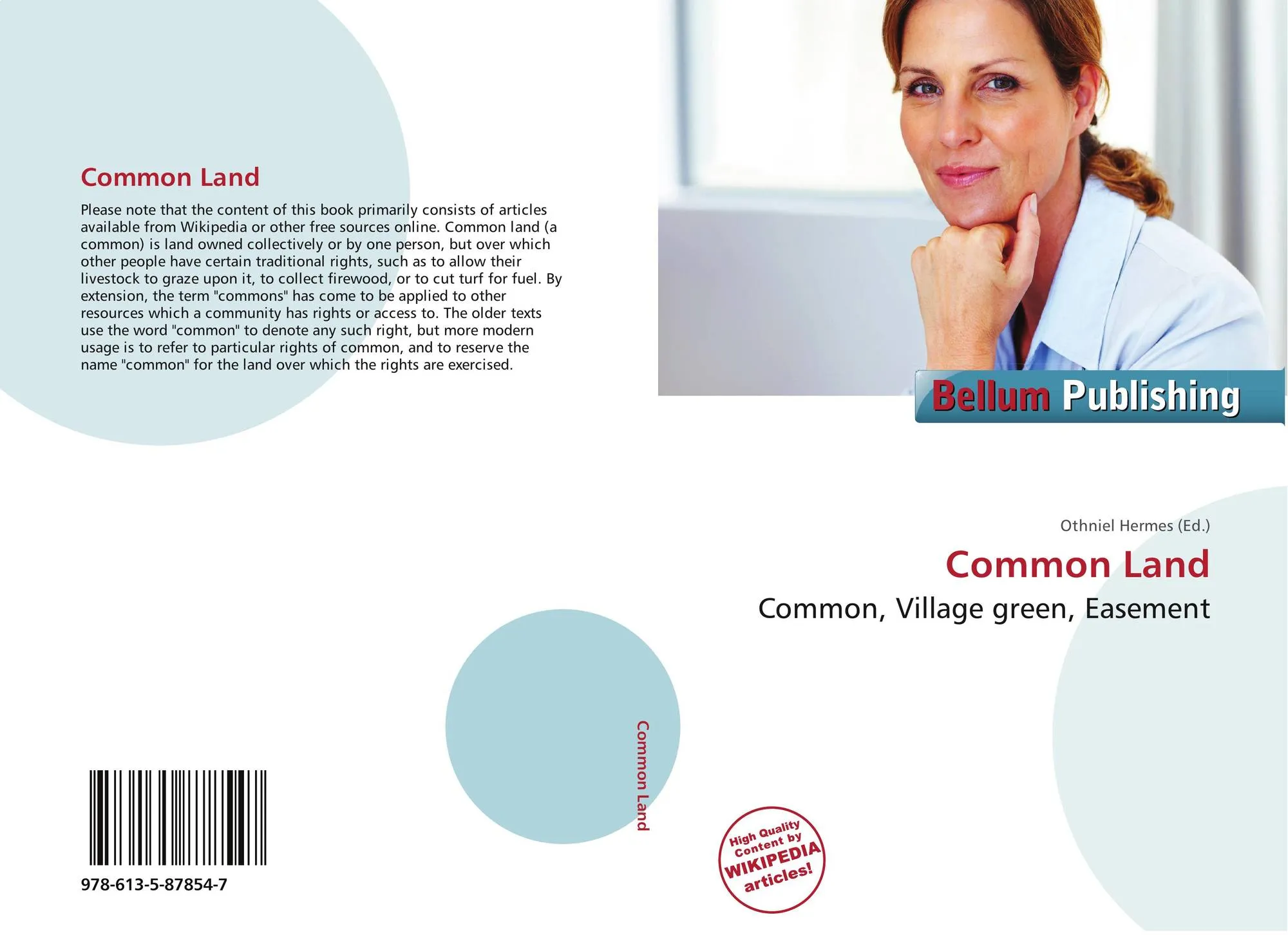
The formatting of your cover letter is just as important as the content. A well-formatted cover letter is easy to read and visually appealing. Use a clean and professional font, such as Times New Roman, Arial, or Calibri. Maintain consistent font sizes and spacing throughout the document. Employ clear margins (typically 1 inch) and double-space between paragraphs for readability. Align your text to the left (left-justified) to create a professional look. Proofread your document carefully to catch any errors in grammar, spelling, and punctuation. A clean, organized layout shows attention to detail and professionalism. A well-designed cover letter makes a strong first impression and ensures the reader is focused on your content.
Font Choices & Readability
Choose a font that is easy to read and professional. Common choices include Times New Roman, Arial, Calibri, or Helvetica. Keep the font size between 10 and 12 points. Avoid using unusual or overly stylized fonts that can distract from the content. Ensure your font choice is consistent throughout the entire letter. Good readability is essential for presenting your information effectively. Ensure sufficient spacing between lines and paragraphs to avoid a cramped appearance. A readable format guarantees that the reader can easily scan and understand your key points. High readability shows that you respect the time and attention of the hiring manager and that you know how to create an effective document.
Length & Tone
Keep your cover letter concise and to the point. Aim for a length of one page, unless specifically instructed otherwise. Tailor your letter to the specific job and avoid generic statements that could apply to any role. The tone of your cover letter should be professional and enthusiastic. Use a confident and positive tone while avoiding overly informal language or slang. Show your personality, but maintain a respectful and formal approach. Always proofread for typos and grammatical errors, as these can detract from the letter’s professional image. Make sure the length and the tone are appropriate for the job and the company culture you are applying for, and showcase your writing abilities in a well-crafted, concise format.
Cover Letter Examples and Templates
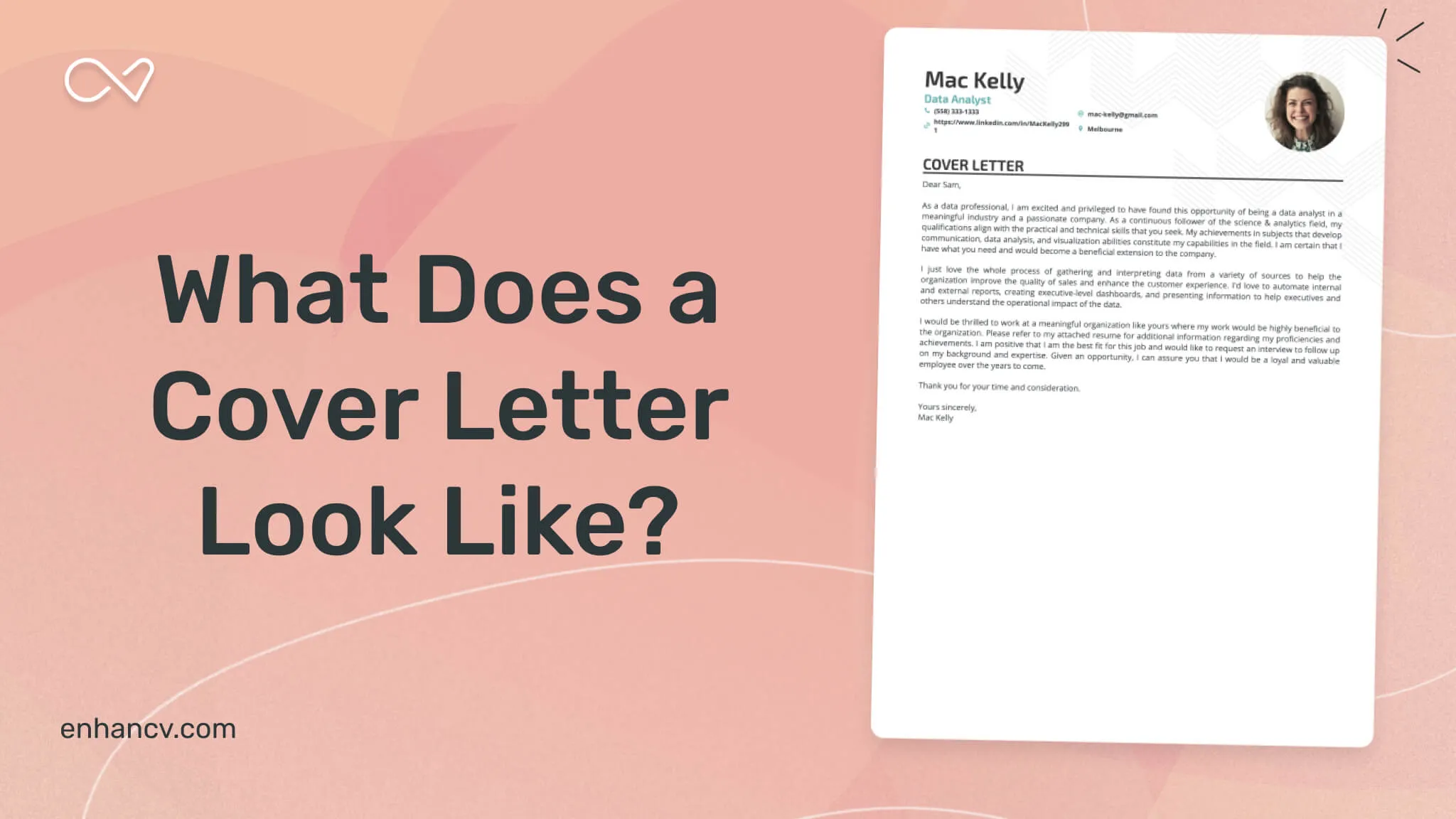
Utilize cover letter examples and templates to guide your writing process. Several online resources offer various cover letter examples tailored to different industries and job positions. Use these as a starting point to understand the structure, content, and tone of effective cover letters. You can find templates to guide the layout and formatting of your document. However, customize each template to reflect your individual experience, skills, and the specific requirements of the job you are applying for. Make sure you don’t simply copy a template. Instead, use it as a foundation to showcase your unique skills and experiences, and also ensure your letter aligns with the job requirements and reflects your personal brand. This approach will make your application more impactful.
Review and Proofread
Before submitting your cover letter, always review and proofread it carefully. Check for errors in grammar, spelling, and punctuation. Ensure that your formatting is consistent and professional. Read your letter aloud to identify awkward phrasing or sentence structures. Ask a friend, family member, or career advisor to review your cover letter for feedback. Proofreading is an essential step in making a good impression and demonstrating attention to detail. A polished cover letter shows that you take your application seriously and that you are committed to presenting yourself in the best possible light. A final review will also help you to confirm that the letter accurately reflects your experiences, skills, and interests.
